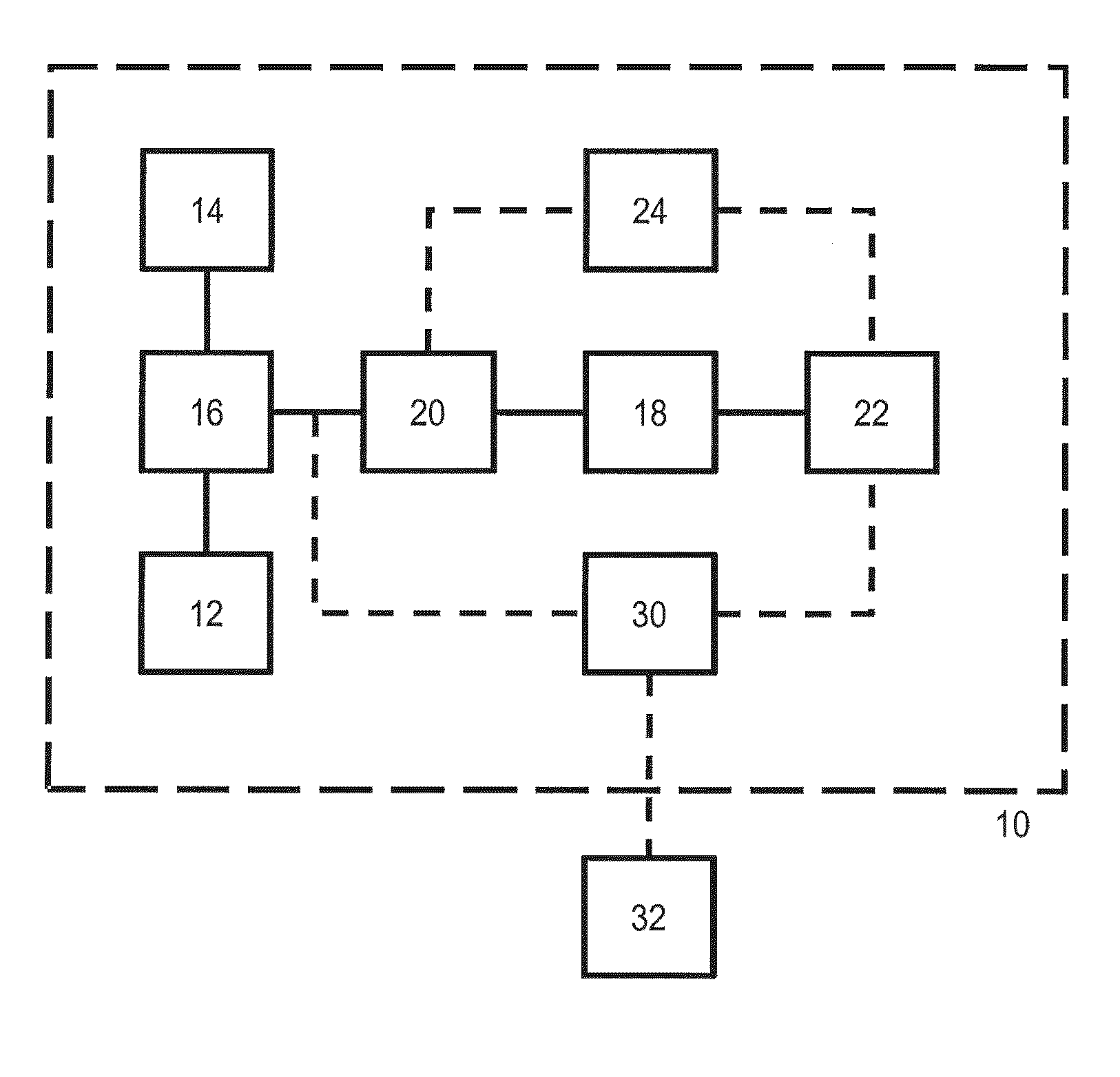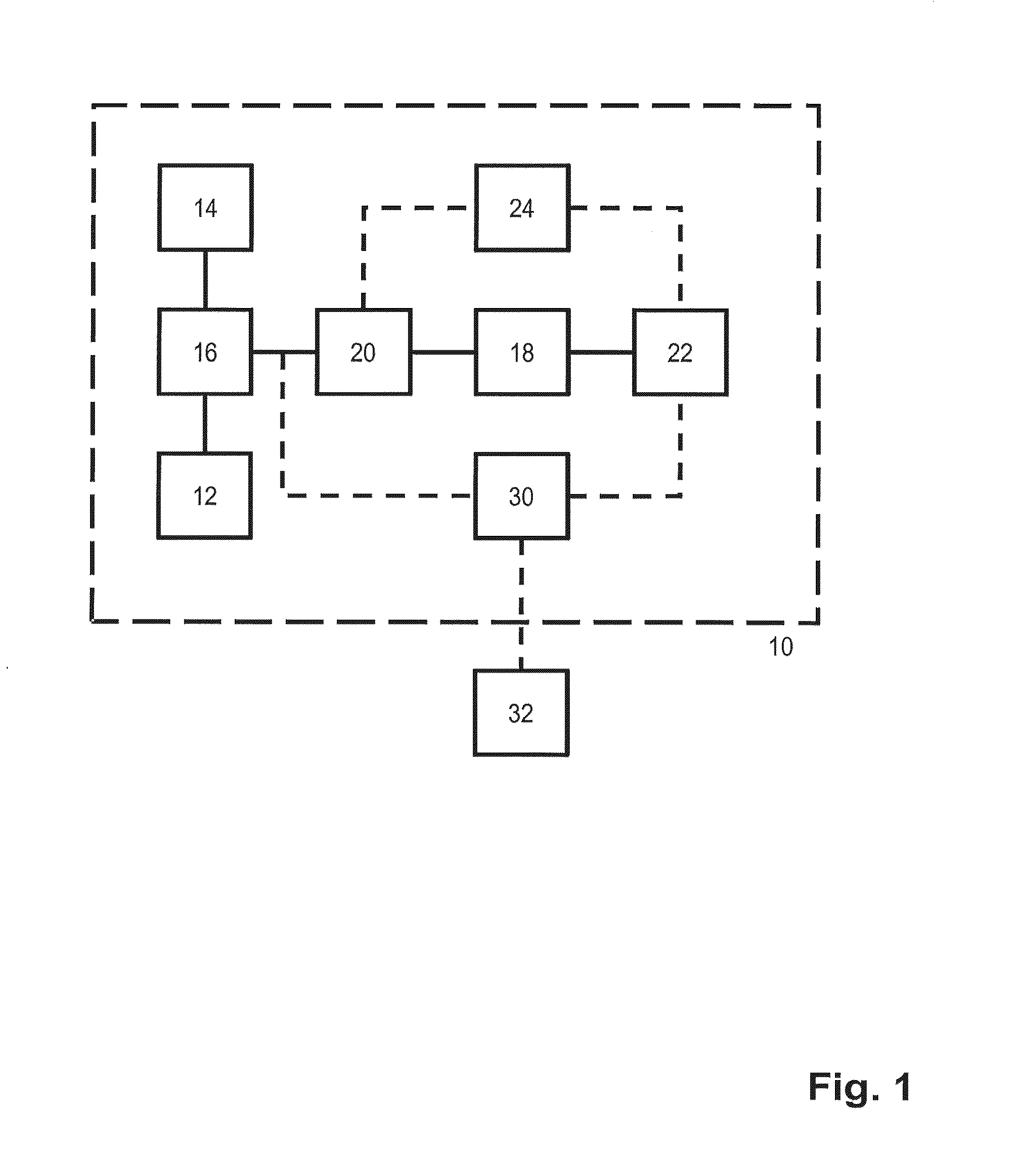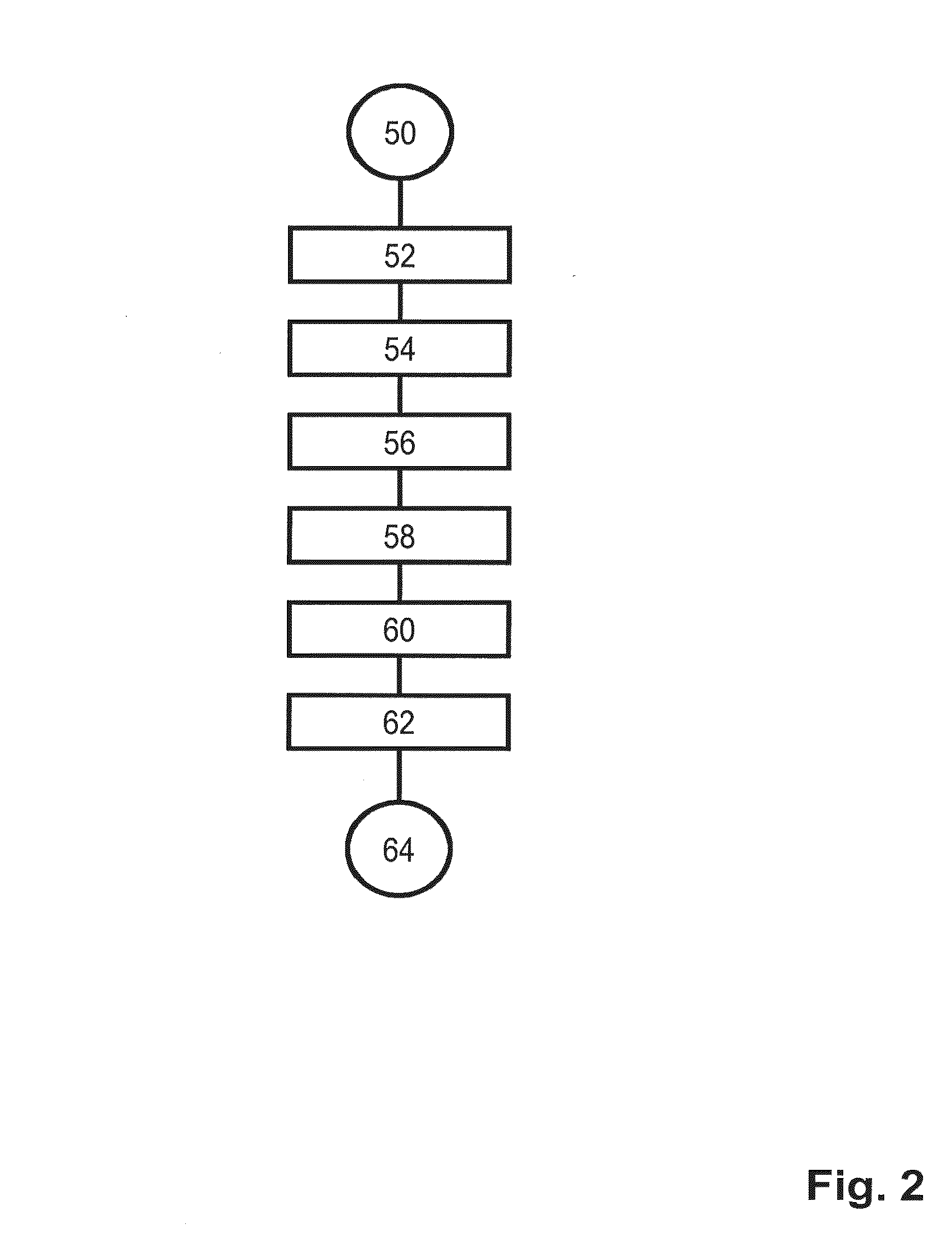System and method for evaluating a reverse query
a reverse query and system technology, applied in the field of access control, can solve the problems of inability to determine prima facie, and the method described above becomes impracticable,
- Summary
- Abstract
- Description
- Claims
- Application Information
AI Technical Summary
Benefits of technology
Problems solved by technology
Method used
Image
Examples
Embodiment Construction
[0088]In FIG. 1 there is disclosed a block diagram of a system 10 operable to evaluate a reverse query, defining an expected decision (d), and a subset (R) of a set of possible requests, over a policy (P) in real-time according to the present invention. The system 10 comprises a first storing means 12 operable to store policies. Furthermore, the system 10 also comprises a partial request generation means 14 operable to construct a partial request (rpartial) from the subset (R) of the set of possible requests. As is apparent in FIG. 1, the system 10 also comprises a policy decision means 16 connected to the partial request generation means 14, and to the first storing means 12, and operable to partially evaluate the policy (P) over the partial request (rpartial) resulting in a simplified policy (P′). Furthermore, the system 10 also comprises a translation means 20 connected to the policy decision means 16, and operable to translate the simplified policy (P′), the subset (R) of the se...
PUM
 Login to View More
Login to View More Abstract
Description
Claims
Application Information
 Login to View More
Login to View More - R&D
- Intellectual Property
- Life Sciences
- Materials
- Tech Scout
- Unparalleled Data Quality
- Higher Quality Content
- 60% Fewer Hallucinations
Browse by: Latest US Patents, China's latest patents, Technical Efficacy Thesaurus, Application Domain, Technology Topic, Popular Technical Reports.
© 2025 PatSnap. All rights reserved.Legal|Privacy policy|Modern Slavery Act Transparency Statement|Sitemap|About US| Contact US: help@patsnap.com



